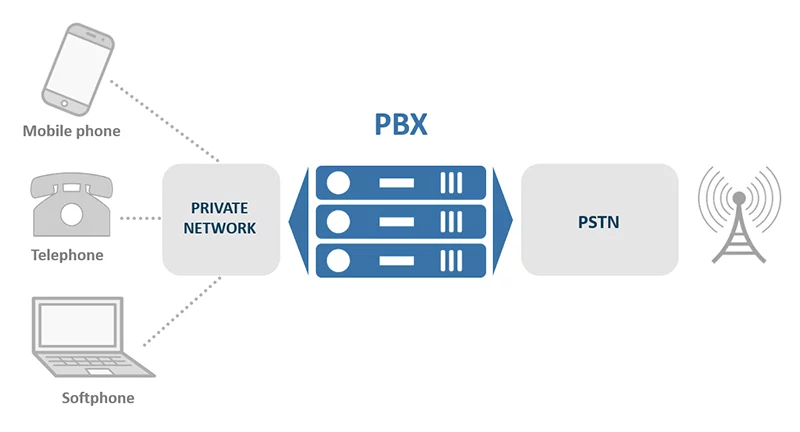In the field of 3D printing, thermoplastic polyurethane (TPU) filament is a flexible and frequently utilized material that is renowned for its exceptional blend of elasticity, durability, and strength. TPU stands out from more rigid filaments like PLA (Polylactic Acid) and ABS (Acrylonitrile Butadiene Styrene) because of its flexibility, which makes it perfect for applications needing a certain amount of resilience and bend.
Describe TPU Filament
TPU is a type of thermoplastic elastomer (TPE) that blends the best properties of rubber and plastic. This hybrid nature grants TPU its distinctive characteristics: stretchable and tough. TPU filaments for 3D printing typically come in spools and are available in various colours and hardness levels, measured in Shore hardness.
Key Properties and Characteristics
- Flexibility:
- of TPU filament’s exceptional flexibility, printed objects can bend, compress, and then return to their original shape. This makes TPU an excellent choice for creating gaskets, seals, and flexible joints.
- Durability:
- TPU is highly durable, offering excellent resistance to abrasion, wear, and tear. This durability ensures that printed parts can withstand rough handling and extended use without degrading quickly.
- Chemical Resistance:
- TPU exhibits good resistance to oils, greases, and various chemicals, making it suitable for industrial applications where exposure to harsh substances is a concern.
- Elasticity:
- The material’s elasticity is another significant advantage. TPU can stretch significantly without breaking, which is critical for applications requiring a high degree of elongation.
- Impact Resistance:
- TPU parts can absorb shocks and impacts effectively, making them ideal for protective cases and cushioning components.
- Ease of Printing:
- While TPU filament can be more challenging to print than rigid filaments due to its flexibility, advances in 3D printer technology and specialized extruders have made it increasingly accessible for hobbyists and professionals alike.
Applications of TPU Filament
TPU’s unique properties make it suitable for a wide range of applications, including:
- Footwear: Soles and insoles that require flexibility and comfort.
- Automotive: Components like gaskets, bushings, and seals need durability and wear resistance.
- Medical: Devices like prosthetics, orthotics, and custom-fit wearable medical devices.
- Consumer Products: Phone cases, watch straps, and other accessories that benefit from a soft touch and impact resistance.
- Industrial Uses: Flexible hoses, belts, and connectors that must withstand stress and chemical exposure.
Why choose TPU filament
Here are 10 reasons why TPU filament is the ultimate choice for 3D printing enthusiasts:
- Flexibility: TPU filament is known for its flexibility, making it ideal for printing objects that require some give, such as phone cases, shoe soles, and straps.
- Durability: TPU filament is incredibly durable and resilient, ensuring that your prints last longer and withstand wear and tear.
- Impact resistance: TPU filament has excellent impact resistance, making it perfect for printing parts that need to withstand sudden force or pressure.
- Chemical resistance: TPU filament is highly resistant to chemicals, oils, and solvents, making it suitable for industrial applications.
- Weather resistance: TPU filament is weather-resistant and can be used for outdoor applications without fear of deterioration.
- Easy to print: Despite its unique properties, TPU filament is surprisingly easy to print with, making it accessible to beginners and experienced users alike.
- Elasticity: TPU filament is known for its elastic properties, allowing for the creation of stretchable prints without losing shape or integrity.
- Adhesion: TPU filament has excellent bed adhesion, ensuring that your prints stay securely in place throughout the printing process.
- Low shrinkage: TPU filament has minimal shrinkage, reducing the risk of warping and improving the overall quality of your prints.
- Versatility: TPU filament can be used for various applications, from prototyping to functional parts, making it a versatile choice for 3D printing projects.
Innovations and Trends in TPU Filament
Here are some of the latest advancements and trends in TPU filament:
1. Enhanced Formulations
Recent innovations in TPU formulations have led to the development of filaments with improved properties. These sophisticated formulations provide improved chemical and abrasion resistance, increased tensile strength, and increased flexibility. Additionally, producers are developing TPU filaments with particular characteristics designed for specialized markets, like improved biocompatibility for medical applications or higher UV resistance for outdoor use.
2. Blended Materials
Blending TPU with other materials is a significant trend that aims to combine the best attributes of multiple materials. For instance, combining TPU with carbon fibre can result in a filament that retains the flexibility of TPU but with added strength and stiffness from the carbon fibre. These hybrid filaments open up new possibilities for applications that require both flexibility and structural integrity.
3. Color and Transparency Options
Advancements in pigment technology have expanded the colour range and transparency options available for TPU filaments. Users can now choose from various vibrant colours and even opt for transparent or translucent TPU, allowing for more creative and aesthetically pleasing designs. This particularly benefits consumer products and custom art projects where visual appeal is crucial.
4. Improved Printability
One of the significant challenges with TPU has been its printability, especially concerning bed adhesion and stringing. Innovations in filament composition and 3D printer technology have addressed these issues, making TPU easier to print with consistent quality. Developments such as improved extrusion mechanisms and heated bed technologies help ensure that TPU prints adhere better to the build platform and exhibit fewer printing defects.
5. Smart TPU Filaments
A fascinating advancement that adds new functions to the material is smart TPU filaments. Conductive TPU filaments are being developed for wearable electronics and sensors to create flexible circuits and electronic components. Additional intelligent TPU iterations possess shape-memory characteristics, enabling them to revert to a predetermined configuration in response to specific stimuli, such as heat
6. Eco-Friendly and Sustainable TPU
TPU filament is not an exception to the 3D printing industry’s growing concern over sustainability. Using recyclable components and bio-based materials is the main focus of TPU production innovations aimed at minimizing environmental impact. To support a more sustainable 3D printing ecosystem, some manufacturers are creating TPU filaments using renewable resources.
7. Specialized TPU Filaments
As 3D printing becomes more specialized, so do the materials used. Specialized TPU filaments are being developed for specific applications, such as medical-grade TPU for prosthetics and orthotics, or flame-retardant TPU for use in automotive and aerospace industries. These specialized filaments meet stringent industry standards and offer tailored properties for their intended applications.
8. Higher Performance Filaments
The demand for higher performance in various applications has led to the development of TPU filaments with superior mechanical properties. Innovations in polymer science have enabled the creation of TPU filaments with higher elasticity, greater impact resistance, and better overall performance, expanding their use in demanding environments.
9. Integration with Emerging Technologies
TPU filament is increasingly being integrated with emerging technologies such as multi-material printing and advanced post-processing techniques. Multi-material printers can print TPU alongside other materials, enabling the creation of complex, multi-functional parts in a single print. Advanced post-processing techniques, such as vapor smoothing and surface coating, enhance the finish and functionality of TPU prints.
Final words
TPU filament, which combines the best qualities of rubber and plastic, has completely changed the 3D printing industry. Its adaptability, toughness, and flexibility make it a priceless material for a wide range of creative and useful applications. TPU filament offers a multitude of options for anyone looking to create flexible models as a hobby or as an industry professional looking for a long-lasting solution for intricate components. The use and applications of TPU are expected to grow even more as 3D printing technology grows. As technology advances, TPU filament will continue offering exciting possibilities for hobbyists and professionals, solidifying its place as a cornerstone material in additive manufacturing.















Leave a Reply